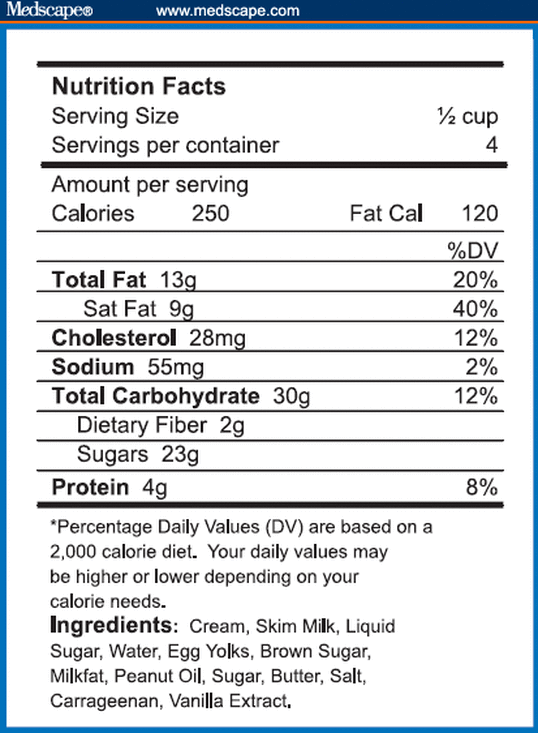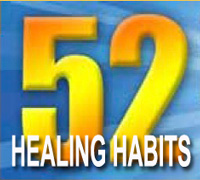
Health Literacy http://farm3.static.flickr.com/2713/
The Philippine literacy rate reported in the United States CIA Factbook appears high at 92.6% for the general population above 15 years old wherein 92.5% are considered literate and 92.7% of Filipinas fit the criteria.
What belies this fact is the way this data was gathered. Apparently, the definition of literacy is simply the ability to read and write.
I have seen mothers apprehensive of writing their name or that of their child in the medical record form simply because they cannot write well. At times they compensate for this shortcoming by scolding their child for not writing very well.
Other patients appear to breeze through the whole consultation process with concealed difficulty illiteracy. But undeniably, after seeing thousands of patients, one can tell from the look in their eyes and expression in their faces. Assistance is readily shared in this case.
The most immediate consequence of illiteracy is poor compliance to medication. Patients who cannot read nor write down notes concerning medication instructions will most likely missed the schedule for taking medications. Worst is to take the wrong medicine, with wrong quantity and wrong route of administration.
To the chagrin of the doctor, they might be wrongly attributed for failing to get the patient to the road to wellness when the problem lies on literacy.
Health literacy, on the other hand, takes the definition of plain literacy to a higher level of cognitive function and social skills. Health literacy is the ability of an individual to understand basic health science built on common health vocabularly and the ability to navigate through the health care system. This basic knowledge is necessary in order to make better informed decision concerning their health.
Many people do not know how the body works and what the medication is for. Understanding any verbal instructions and repeating what is written in the prescription pad can be difficult during the consultation period.
At the onset, the patient is already anxious about the whole consultation process. Hearing about their condition and what is “wrong” in their body can raise their stress level. With anxiety and stress level rising, their ability to listen actively, remember and comprehend what the doctor is saying can be seriously impaired. This may not be obvious to the doctor and the patient may not even notice this.
A key to bridging the gap between the doctor and patient concerning effective interaction is a relax environment where assistance concerning their needs are readily provided with due respect and utmost care.




 RSS Feed
RSS Feed